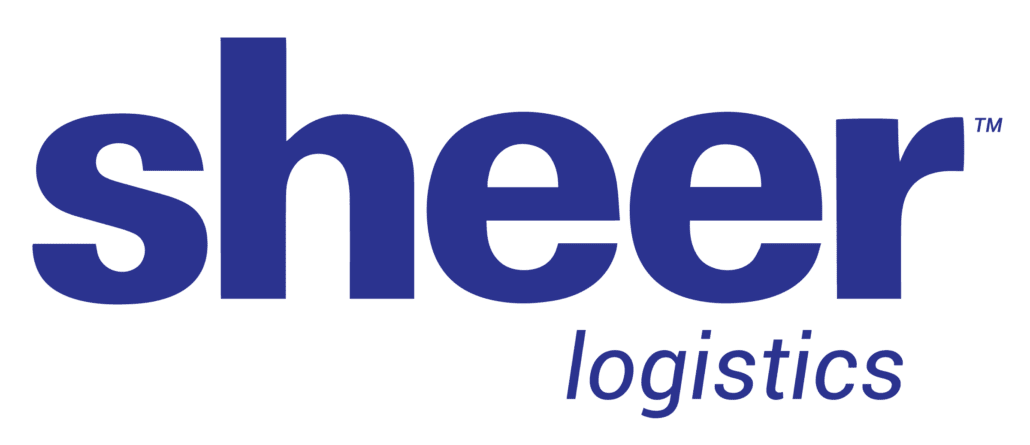Retailers Are Preparing for a Crazy Winter 2021 Shipping Season
High order volumes and tight capacity have been the norm since the early days of internet buying, but this winter is forecasted to be the busiest and most hectic yet. Here’s why:
Winter Shipping Usually Has Two Peaks
Most people think that the months before and after Black Friday are extremely busy, and this is partially true. The trend over the past decade or so has been that winter experiences two significant spikes in shipping demand. The first is from late August to early October, as consumers try to stay ahead of the shopping season by making their purchases early. A brief lull lasts for a few weeks until the end of November, when Black Friday and Cyber Monday begin the shipping frenzy anew. This second spike lasts until well into January, as consumers finish last-minute shopping and take advantage of post-holiday deals.
Online Shopping Is Expected To Grow Exponentially During 2021
The prevalence of online shopping may stretch these peaks further than previous years, since the COVID-19 pandemic has changed how consumers shop for everything from groceries to mattresses. While brick and mortar stores are still turning profits, online purchasing is steadily on the rise, and while consumers would typically make one or two purchases online, 2020 has influenced many to use eCommerce.
Shippers Are Already Stretched Thin
Increased demand, lingering pandemic restrictions, and a shortage of qualified truckers mean that shipping capacity during 2021 is already stretched very thin. Shippers are having trouble finding carriers to handle their freight.
Let’s take a look at the major technologies that will make the winter 2021 shipping season a success
What Role Does Technology Play In Supply Chain Planning?
Some products are delivered mere hours after they’re ordered, and this astounding achievement wouldn’t be possible without technology. Machine learning, artificial intelligence (AI), and advanced analytics drive automation, promote efficiency, and reduce shipping time to a matter of hours instead of days or weeks.
Logistics Automation
Automation allows businesses of all sizes to be proactive about managing complex supply chains. It harnesses the power of various technologies to lower operational costs and reduce the time it takes to deliver a product.
Transportation Management Systems
Logistics management software includes specialized applications that improve a company’s ability to optimize cost and service structure while increasing visibility for an entire chain. 3PL software shows you where shipments are all along the supply chain, what their status is, and when they can be expected at their destination.
Visibility Platforms
Visibility software allows a shipper to manage their shipping across different modes and geographies. It goes beyond tracking trucks, providing deep insight into delivery processes and workflows.
Sheer Logistics Fills the Technology Gap for You
The lesson learned from 2020 is that consumers will always demand almost instant delivery from online orders, and shippers will have to rely on experience and technology to fulfill them.
Sheer Logistics offers logistics technology and consulting services that put the latest transportation management and supply chain automation technology in your hands. No matter your scope, industry, or approach, we can help you through any peak shipping season.
Supply Chain Consulting – We provide the most cost-effective and efficient solutions backed by the latest supply chain technologies. We aim to solve your transportation issues and establish permanent procedures that solidify your logistics and elevate them to become one of your core strengths.
Business Intelligence Consulting – We help you connect all areas of your business with self-service analytics, interactive reporting, and embedded BI that does the work for you in real time.
When you partner with Sheer Logistics, you gain an ally that streamlines your strategy, replaces ineffective spreadsheets with real TMS technology, and turns your logistics from a problem to an asset.



